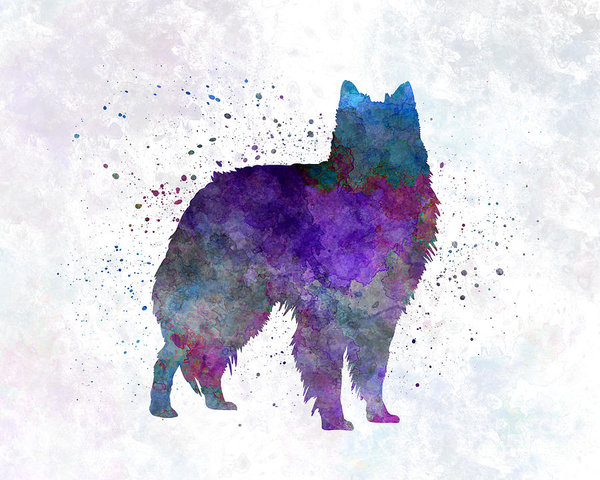
In the early days of Belgian Sheepdogs, color was always a contentious issue, and it wasn’t always handled diplomatically. The general assembly of the Club du Chien de Berger Belge that met on April 3, 1892, approved a standard, and the passages concerning color read: ‘Very varied colour: black, badly dyed black, brown, brindle brown, dirty grey, earthy aspect.”
Between that year and 1899, all long-haired Belgian Sheepdogs were judged as one class at Belgian dog shows regardless of their coat color. This stopped in 1899 when the Club du Chien de Berger Belge decided that long haired Belgian Sheepdogs had to be black.
Needless to say, this didn’t sit well with the owners and breeders of longhaired Belgian Sheepdogs that were not black; a year later, they picked up their proverbial marbles and organized the Berger Belge Club and kept their own stud book independent of the Club du Chien de Berger Belge. At their shows, long haired sheepdogs were now judged in two classes, black and non-black. Fawn, or “lion colored” dogs got a lot of attention not only from spectators, but from judges, as well.
How far things have come.
At the end of July 2009, the general committee of the FCI approved an extract of the book Coat Colours in Dogs written by Professor Bernard Denis. In the five-page summary entitled Standardised Nomenclature of Coat Colours in Dogs (and translated by Jennifer Mulholland), Professor Bernard Denis wrote: ‘The need to standardise the colours of the dog’s coat has been felt for a long time: from one breed to another, the same word can mean different coats or, on the contrary, the same coat can be qualified with different words. Furthermore, traditional nomenclatures often deliberately employ imaginative terms to describe a colour rather than taking into account the precise nature of the basic coat.”
“Badly dyed black…dirty grey, and earthy aspect,” were imaginative, indeed.
Image: Belgian Sheepdog by Pablo Romero
https://fineartamerica.com/profiles/1-pablo-romero
https://pixels.com/profiles/1-pablo-romero

badly dyed would be most likely a blue or more likely a “gun metal” grey dog, both of which occur in the breed. Grey, indeed was the original stipulated color for Laekenois, and was likely the “grey” one sees in Bouvier. But in cloth dying, a bad dye looks “washed out”….. perhaps “imaginative” use of terms familiar to farmers and shepherds?